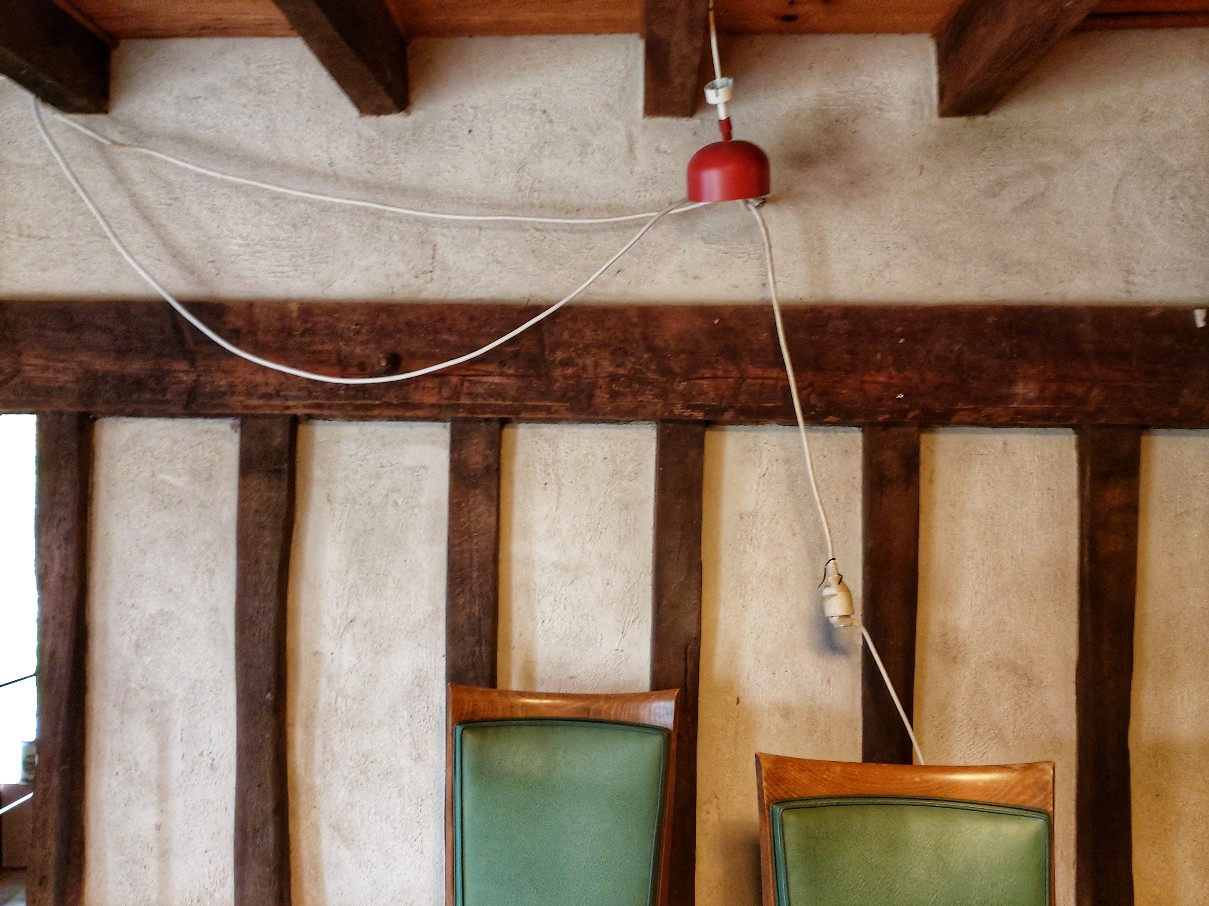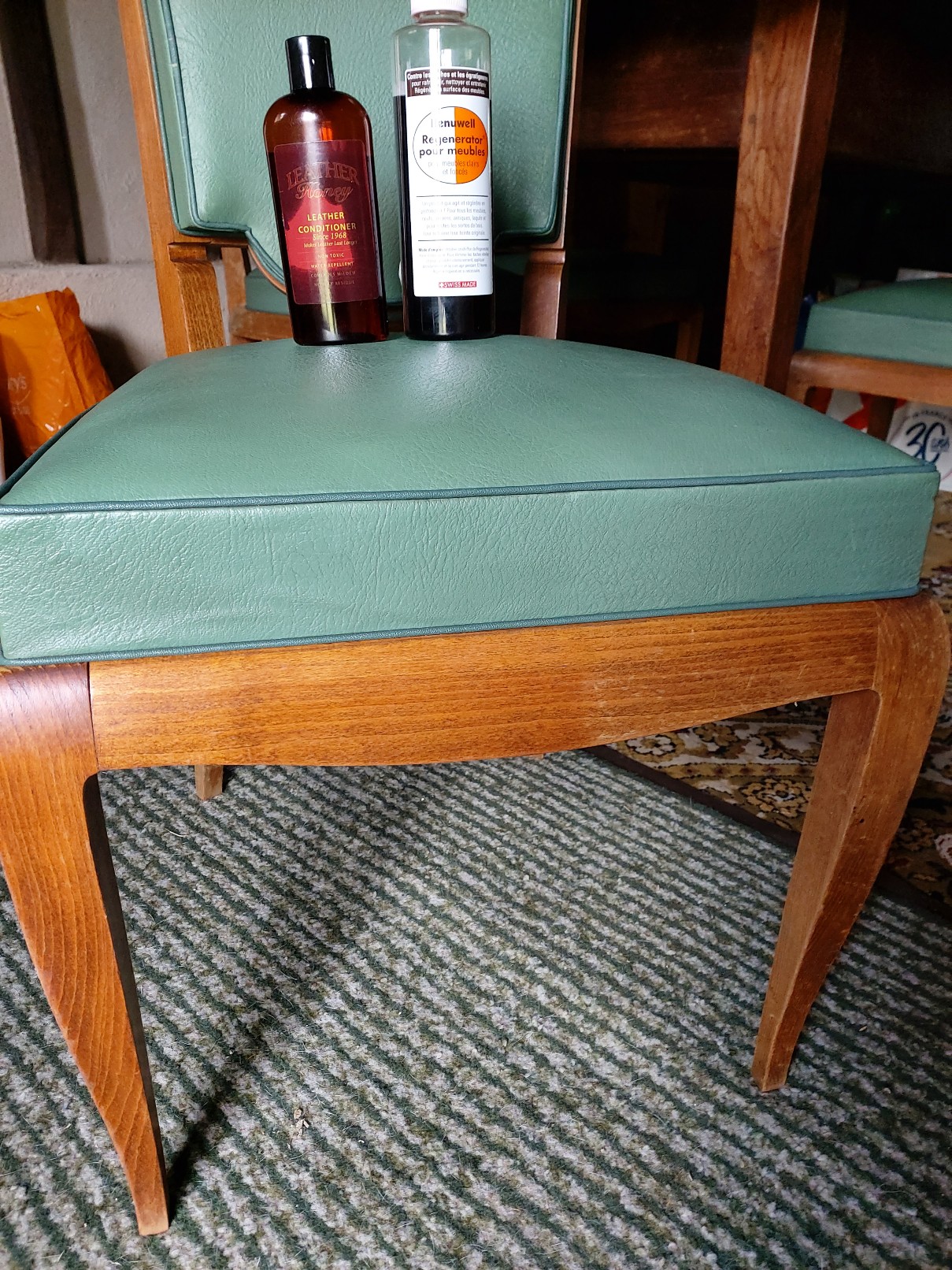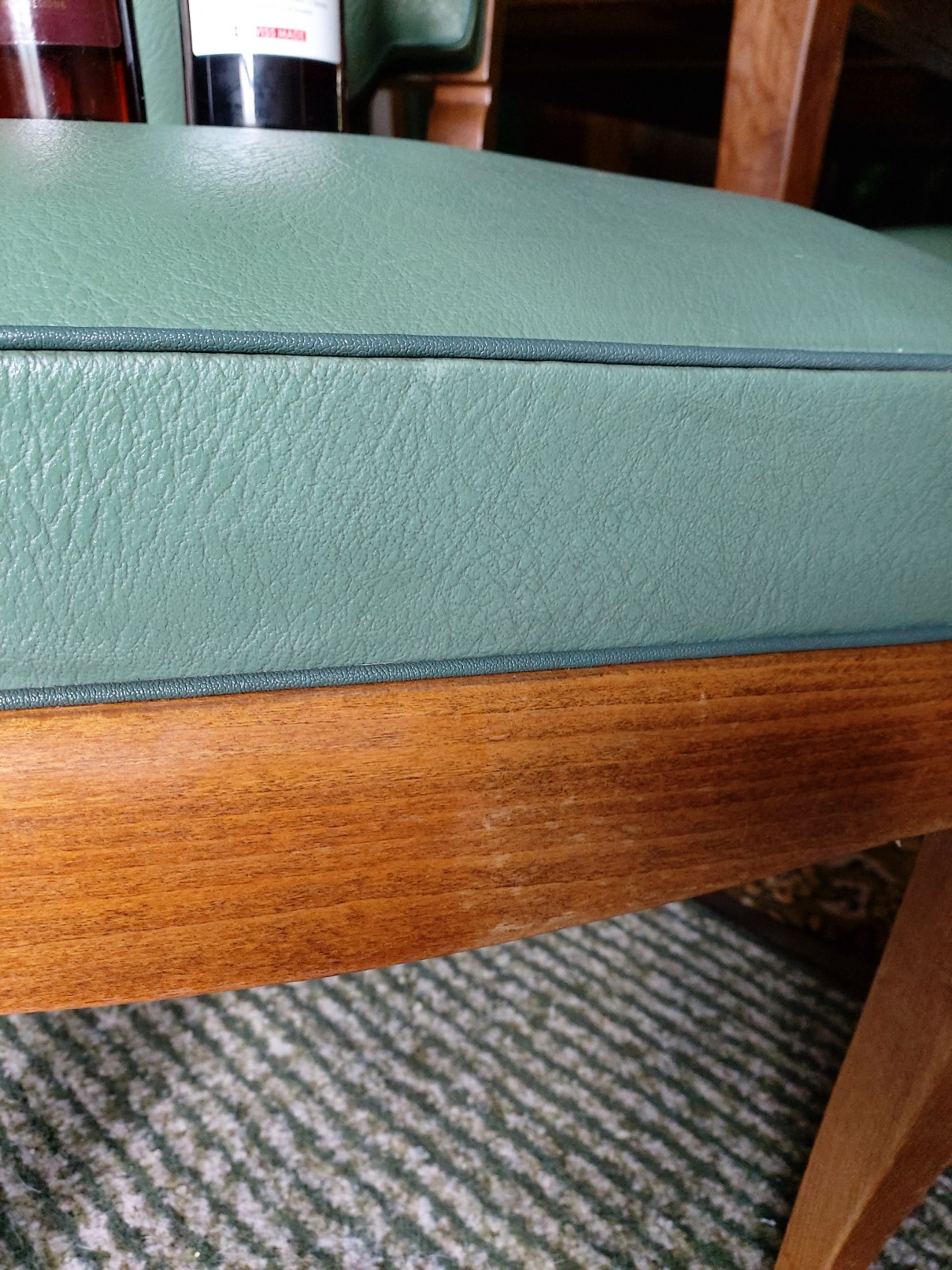In a previous post I wrote about my journey to finding a home. Buying property in France was the best decision I had ever made. Having now an open slate to work on I wanted the French dream. I wanted to bring together everything I had learnt and wanted for so long – the comfy sofas with all the plump cushions, the library for my art books, the cosy kitchen with dogs by the fire, a home that was my outer clothing, that held me tight and enabled me to visually see what was inside my head – an eclectic mix of designs and objects – full of colour, detail and smart use of space, playing with levels, making quiet dens and rooms that functioned well but had a sense of fun. For example we found behind a wall a cupboard. The cupboard backs onto the future kitchen. I loved Narnia. I always wished for a wardrobe to lead me to adventure. So we are making this a door to the kitchen. We will go via a wardrobe and why not? It’s just one of many ideas. So our first project will be our snug. We spent most of this year working outside, building our poultry coops and clearing land and pruning the trees. It’s all looking very pretty, but now we need to focus inside over the winter months.



The previous owner was a mason and in the 1980’s remodelled the farmhouse and adjoining cattle barn into one house. His enthusiasm for his trade meant every wall in the house was rendered, leaving no stone uncovered. Our barn on the other had hasn’t been rendered, and we are repointing to leave the stone showing. It’s a far longer task but looks fantastic when completed. The flat rendered walls of the farmhouse need a variety of finishes as the rooms look cold and hard. The workmanship is excellent and whoever designed the layout had a good sense of style. This snug to be leads off the kitchen via a small set of steps, so its actually in the ground next to the cellar that sits under the kitchen. This gave the opportunity for another floor above, a gallery to be installed that overlooks the hallway. Above this room is another floor and potential conversion for bedrooms. A triple height space that makes for an interesting layout.


The cattle stall wall was enclosed but sympathetically the timber trusses have been left visible. A large fireplace was installed for the wood-burner and windows at both ends give great views of the gardens. The floor is tiled and true to 1980’s décor, the whole house is painted beige and brown!
So whats the plan? Firstly to pull it back into a French style, with colour and decorative furniture to balance the heaviness of the timbers. I am thinking about painting the timbers moss green grey as there is a lot of dark wood here and it is honestly gloomy. I like strong colours. My ancestry is Scottish and given the Scots have a long history of union with the French, it didn’t seem out of place to try for a bit of a theme here. A drinks bar, leather chairs and a fire needed evening colours, and a warm mauve plumb would fit well with the moss green. Redish based colours always feel cosy and against this I wanted to panel the main rear wall with fabric, a tartan ideally, if I could track one down with some punchy mustard yellows, turquoises and heather pinks in the weave.
My tartan is Macalister – but it’s mainly red with a dark green. The dress tartan has more white in and a yellow, so that might work. Dress tartans are basically the original clan tartans with white added, made to be worn by women. Prior to chemical dyes in the 1860’s, tartan colours was subdued from using natural plant based dyes. The chemical dyes were often so vibrant, some of the subtle tartan designs could be overwhelmed. In the case of Macalister the red for me is overpowering.

But interior design is often about smoke and mirrors. With a few tactical pieces of tartan, suitable tweedy checks and bracken and heather plant inspired colourways, the look will be Scottish. I have a pair of brass partridges I found in a brocante and numerous tapestries showing game birds – grouse, quail and similar.
The green leather sofa has woven cane panels, but the leather is very cracked on the seats. These will be reupholstered in a patterned fabric and the remaining leather restored with dye and leather balm. We found decorative bed panels at our favourite Brocante in Montlucon, and will be reused to form a balustrade entrance to the room, creating behind a cosy area for a table and chairs. Our current table is huge, left from the previous owner as too heavy to move. This will find a new home in the kitchen.




Our final elephant in the room is the fireplace. The stonework is overpowering. If it had been a stone wall from the original building it would have had smaller stones, with smaller joints. This has been made more crudely, including a white mortar. I am hoping that painting it will soften the look and make it recede leaving the wood burner and mantel piece to distract. Inside the fire is a cast iron fireback with an image of Napoleon upon a horse. It needs blacking and after a quick check on the web, it’s valued at about four hundred euros! The interior of the fire area is brick and this will be given a slight wash with a satin sealant to bring out the colour.

Finally the tiled floor. A typically slippery uninspiring plain tile. A good base for seagrass matting. The matting I used in a previous house. The National Trust use and many homes where there is a lot of foot traffic. Crucial Trading started the craze back in the eighties and now there are hundreds of colourways and weaves, using coir, seagrass and sisal. These are natural fibres and therefore hardwearing and provide a really good foil for furniture and decoration being relatively pattern free. Backed with latex rubber, they offer good soundproofing and insulation. The matting is easy to clean too. Most can have a stain protector added and with no pile as carpet has, any dust or dirt lifts away easy when vacuumed. The owner of Avalon in Tenterden, Kent, who installed our matting back in England, had a client who had Siamese cats. They have their claws out all the time; that is they do not retract them like our commonal garden moggies do. The matting remained perfect. I had cats and after ten years, my matting also looked perfect. It doesn’t wear near the doors like carpet does and now it has reduced in price due to demand. In comparison with carpet for me it’s a done deal.
I need to find a couple of rugs and make lampshades for the bases I found at the brocante. It was a lucky day. I think the brocante must have cleaned out a relatively wealthy property and whereas you only find one or two lamp bases on a visit and often very plain, this time there were six, with pewter trims, crackle glazes and very heavy. I snapped up the lot for just under thirty euros. The shades are often missing or very tatty, but these are good too. Lampshades are expensive and really all you need is the frame to be able to recover yourself. I have never recovered a lampshade, but we are lucky now that everything can be found on YouTube, so I have no excuses.





In our garden hangar are a few mirrors waiting for their frames to be repainted and little occasional tables needing a good clean and a few layers of wax. Black Bison is a dark wax that brings out the grain in hardwoods well. It can be layered thickly and left to cure to give some dark rich areas where there is any carving, but buffed out to a softer sheen on flatter areas. It is very quick to use where French polishing or varnishing will be time consuming or where you do not need such a tough finish. But honestly if you allow these to cure, over time they will be as robust as any varnish and wont lift as varnish can do if it’s in a window with sun damage over time. For me I prefer waxes and oils and the versatility these give when applying or latter removing.
When the snug is finished I will post the progress and final completion. I cannot promise it will happen any time before next Summer, but I will be making a start this month on renovating the fire back plate and painting the stonework. See you in here for a whisky tipple in 2021!

lots of lovely projects on the go. That snug sounds like it will be just that… SNUG!
LikeLike
Snugly, snuggish and lots of snugism!
LikeLiked by 1 person